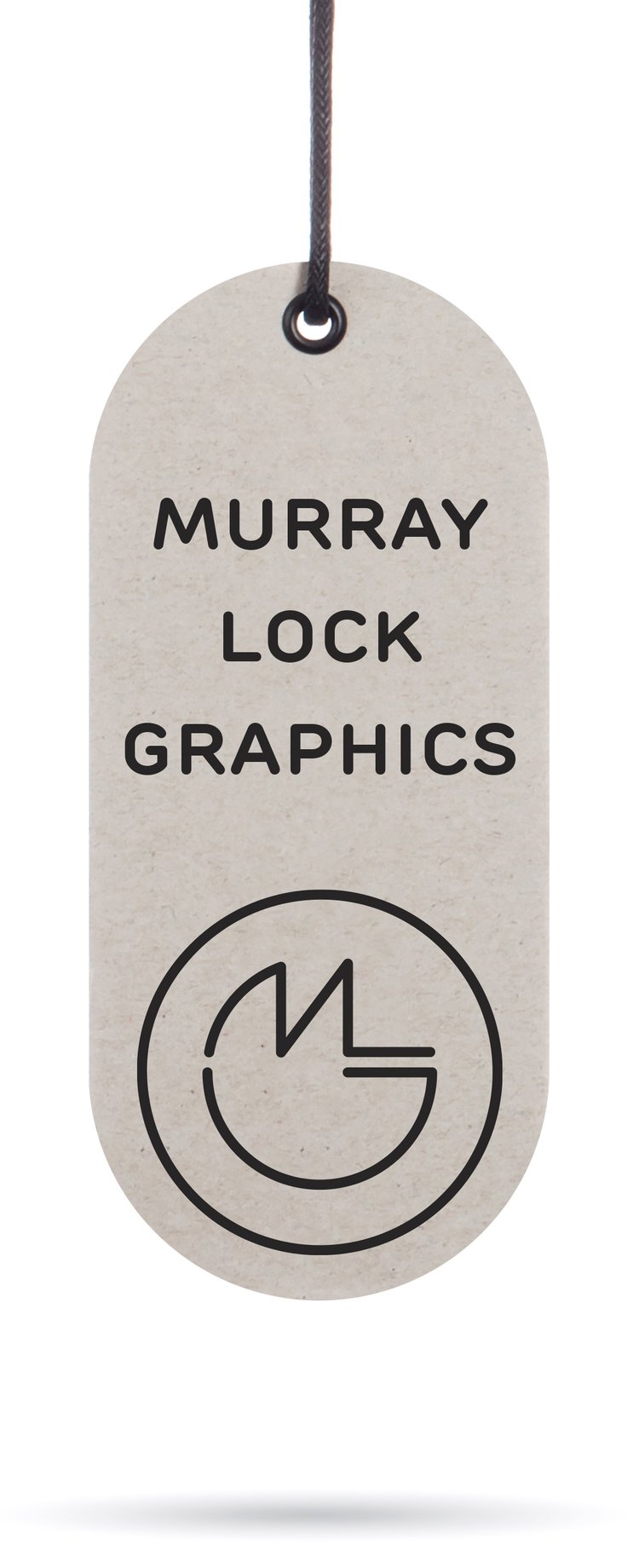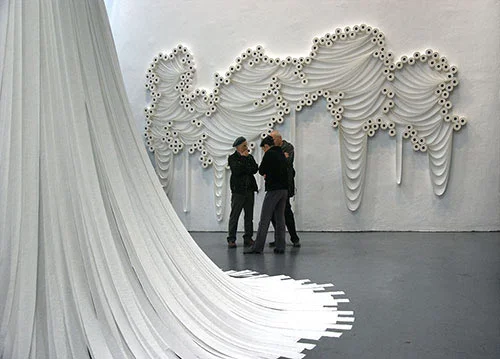Sad news. I remember when his special effects were on the cutting edge of cinema technology. I still get a kick out of watching his monster and sci-fi movies like Earth Vs the Flying Saucers, It Came From Beneath the Sea, Mysterious Island and Jason and the Argonauts.
The making of John Mayer's Born & Raised album cover
An interesting look at the creation of an awe-inspiring album cover design by UK signwriter/artist/glass etcher David A. Smith. The short documentary was created by UK director and film-maker Danny Cooke.
The power of stupid questions
Interesting comments from Don Norman, 19 March 2013...
One of my concerns has been design education, where the focus has been centered too much upon craft skills and too little on gaining a deeper understanding of design principles, of human psychology, technology and society. As a result, designers often attempt to solve problems about which they know nothing. I have also come to believe that in such ignorance lies great power: The ability to ask stupid questions.
What is a stupid question? It is one which questions the obvious. "Duh," thinks the audience, "this person is clueless." Well, guess what, the obvious is often not so obvious. Usually it refers to some common belief or practice that has been around for so long that it has not been questioned. Once questioned, people stammer to explain: sometimes they fail. It is by questioning the obvious that we make great progress. This is where breakthroughs come from. We need to question the obvious, to reformulate our beliefs, and to redefine existing solutions, approaches, and beliefs. That is design thinking.
Ask the stupid question. People who know a lot about a field seldom think to question the fundamentals of their knowledge. People from outside the discipline do question it. Many times their questions simply reveal a lack of knowledge, but that is OK, that is how to acquire the knowledge. And every so often, the question sparks a basic and important reconsideration.
Toilet paper art
Who would think that something so, um, ordinary could become something so beautiful? Turkish-born artist Şakir Gökçebağ turns your average rolls of toilet paper into beautiful, and downright elegant, installations.
Read more at Design Milk: http://design-milk.com/sakir-gokcebag-installations-made-out-of-toilet-paper/#ixzz2Mt6lnuQG
Postcode finder
The evolution of digital advertising →
A great visual history of the evolution of digital design, starting at 1987 when Apple introduced the Macintosh. That's where it all started folks...
Click on the link under the image to see the full infographic at mashable.
thisiswhyimbroke.com
My son recently sent me a link to this site and it has to be seen to be believed. It contains the greatest collection of stuff that you can't believe that you can actually buy. From a $100,000 Water Jet Pack to a $9 Toilet Bowl Coffee Mug, and everything in between.
A whole new meaning to pencil art...
Jennifer Maestre is a Massachusetts-based artist, internationally known for her unique pencil sculptures. Jennifer has to sharpen each individual pencil to create these designs. She then drills a hole through each one of the 1,000 pencils it takes to create her pieces, before she sets about sharpening each and every one of them to craft the spectacular models.
Once this is done, each section is then sewn together using a technique called a peyote stitch, which helps to give the structure its shape.
Retro Heineken adverts
This year to celebrate Heineken’s 140th anniversary, the beer brand has thrown open its archives as part of the Remix our Future campaign. People are challenged to take one of the beer’s old adverts and create a new version ripe for the 21st Century, and while some of the efforts so far are pretty impressive, the real joy from a design point of view comes from the old visuals themselves. From weird illustrations to slightly sexist 1960s affairs, muted arty efforts to brash ads for the 1980s US market, it’s a tremendous collection of images and an interesting study in how a brand’s visual languages evolves over time.















